Trace Jack Kohler’s journey, told by his daughter, of reclaiming his Native identity through film, music, and storytelling.
By Carly Kohler
This essay is part of the Crocker’s Indigenous Voices in Film project, an initiative dedicated to exploring the artmaking practices of Indigenous peoples in the Sacramento and Northern California regions through the lens of film, video, and media arts. For more information on the Indigenous Voices in Film project, use this link.
He has an army, soldiers he trained
And nothing you do, will make him change
Lay-lan-ee?
homodi nik lajim?
Laylanee? Where is my child?
He has your child, the man in the fort
He took your children, his men did extort
Something inside is Broken
Something Inside Ain’t Right
“Something Inside Is Broken” is a song my father, Jack Kohler, composed in 2015 for his Native rock opera by the same title. He wanted to create an interactive way of portraying the true history of the California Gold Rush and Johann Sutter from the Nisenan perspective. That song, like so many true history lessons that both my parents have taught me, reflects the Native struggle and Native strength. Even from a young age, the harsh reality of Indigenous people’s genocide and oppression didn’t break me down; on the contrary, my respect for my ancestors’ resilience grew.
While I was fortunate to grow up without relying solely on simplistic renditions in the school history textbooks (complete with generic euphemisms to remove any blaming language of European colonialism), it took my father some time to arrive at the same conclusion. Jack Kohler is a member of the Hoopa Valley Tribe and he is Yurok and Karuk. My great-grandmother, Nancy Ker’ern Kohler, grew up as a child living in Weitchpec on the Hoopa Valley Reservation, but was sent to the Chemawa boarding school in Oregon and then moved to San Francisco.
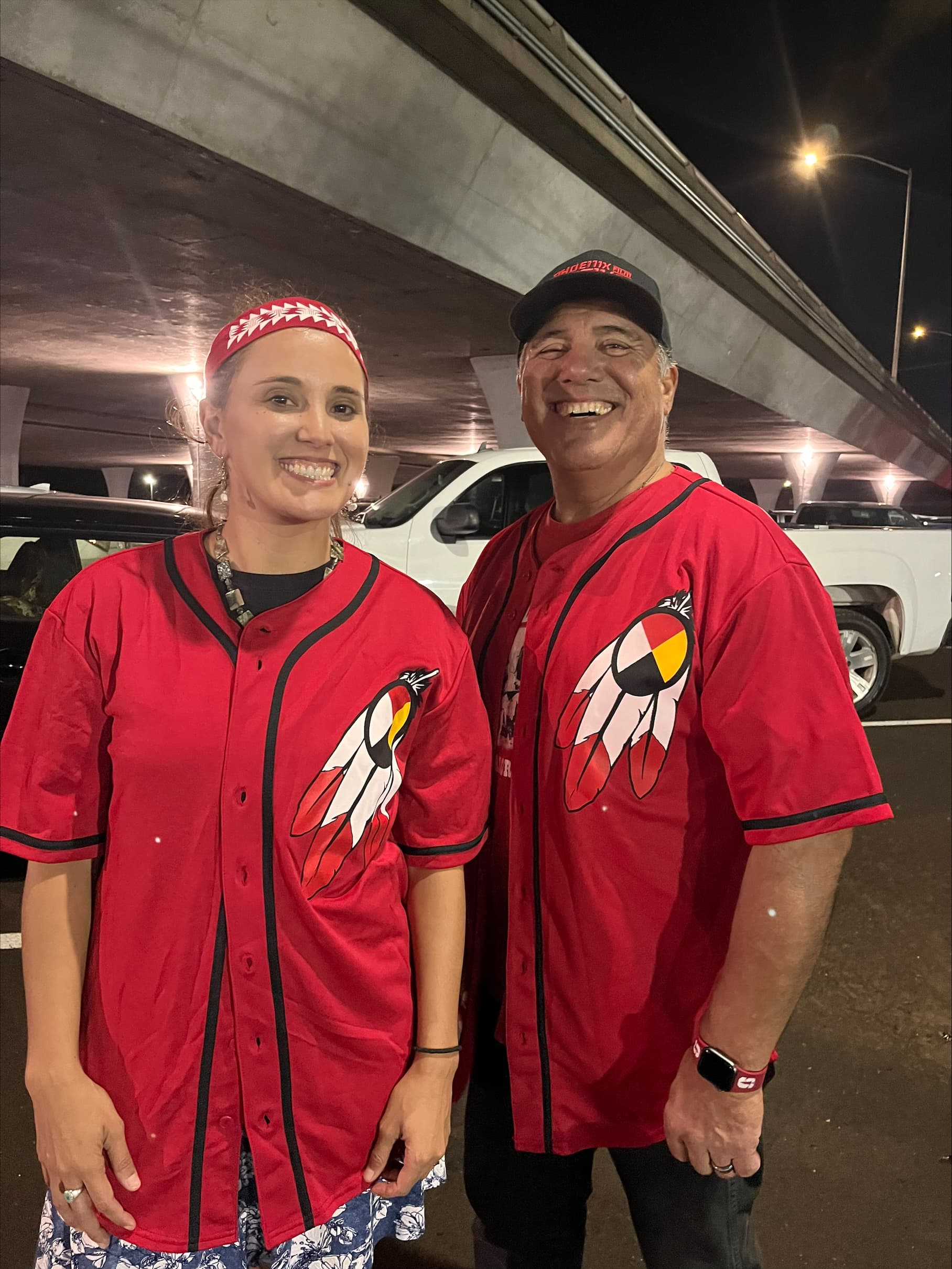
As a child, my father was often mistaken for being Mexican and he dealt with racial profiling while at school or in the South San Francisco neighborhood. For the first four years of his life, my father lived with his grandparents. Jack’s home life as a child was strained. His parents fought often and later separated. Jack’s father was rarely involved, so Jack felt disconnected from his Native culture. Being the oldest, Jack often stepped into a parental role to care for his younger sisters. On Christmas Eve, Jack waited until his sisters fell asleep to build their bicycles from Santa and tied bells to his heels as he climbed the roof to help keep their belief in Santa alive. Jack’s Native spirituality and intuitive awareness remained strong, however. He soaked up his grandparents’ nurturance and heeded their advice. He listened to the stories his father shared about his culture. Jack’s grandfather suffered a stroke and could no longer speak in full sentences. While watching a televised football game, his grandpa stood up and declared, “Jackie, one day you’ll go to Stanford.” Jack never forgot that, and a seed was planted.
Jack courageously asked his high school counselor if he could apply to Stanford University but was informed that only the eight brightest students could apply; he should attend a community college. Jack, furious, called Stanford University and asked to be mailed his own application. Later, he was the only senior to receive an acceptance letter. His principal neglected to announce this during Jack’s graduation. Jack was the first person in his family to graduate from a four-year college. Jack’s time at Stanford was where he blossomed. He majored in civil engineering and met my mother, Megan Chesnut. She cajoled him into acting and singing in the student musical, Working. After graduating, he went into construction as a civil engineer and settled down with my mother, before having my sister and me and later adopting our older brother.
My parents were passionate about ensuring that we knew our culture growing up. My family brought me to many ceremonies like gatherings at Bloody Island, where I will never forget an older Pomo man who stood up and raised his fist holding a black cannonball with a faded small rope poking out of it. It was one of the cannonballs the U.S. cavalry shot and used to massacre almost all of his people. His great-grandmother survived as a child by breathing out of the tule reeds in the water and hiding until the soldiers left. Later, my father would write “Message Live on. Message Don’t fight,” as lyrics for his song “Something Inside Is Broken.” Once a year, on Native American Day, my family would go to the Sonoma Square and read off of the giant headstone all of the names of the 400 Pomo and Miwok people who died building the Sonoma Mission. We would sing healing songs that had been taught to my father for those spirits with unmarked graves.
Jack branched out of his comfort zone when he brought his family with him to Chillicothe, Ohio, and acted for five summers in the outdoor theatrical production of Tecumseh. The show was about a Shawnee leader who united 13 tribes, around 50 thousand Natives, to fight the British in 1812. I acted alongside him as a Native village girl. This acting experience marked a change in Jack’s career trajectory. He abandoned his engineering degree and contractor work, but held onto his efficiency, creativity, and ingenuity.
Thus began Jack’s career in filmmaking, but it was also Jack’s journey into learning more about his people, his cultural traditions, and his connection to his Native heritage. He connected with Stephen Most and together they began working on River of Renewal, a documentary about the dam on the Klamath and Trinity Rivers that impacts the Hoopa, Yurok, and Karuk tribes, as well as the wildlife. Salmon were dying due to all the water being diverted from the dam for farming. While making the documentary, Jack was invited and strongly encouraged to dance in a Warrior’s Dance ceremony at Ishi Pishi. It was the first time he danced with his people. My sister and I met our welcoming relative, Pam Risling, who later invited us to be a part of our ceremonies as well.
There is an important Yurok story about the inland whale. A boy, a bastard child, whose mother is of high upper class and his father a lowly carver, is not allowed to dance at the brush dance because he was born out of wedlock. As his mother cries, he crosses the river after an epic flood on the back of a white bastard whale who is now stuck inland and can’t get out to sea. The inland whale commiserates with the boy and reminds him to be proud of who he is and all he will become. The whale gives the boy his strength and that boy goes on to become the best carver in the tribe and eventually marries the chief’s daughter, becoming a part of the very high upper class.
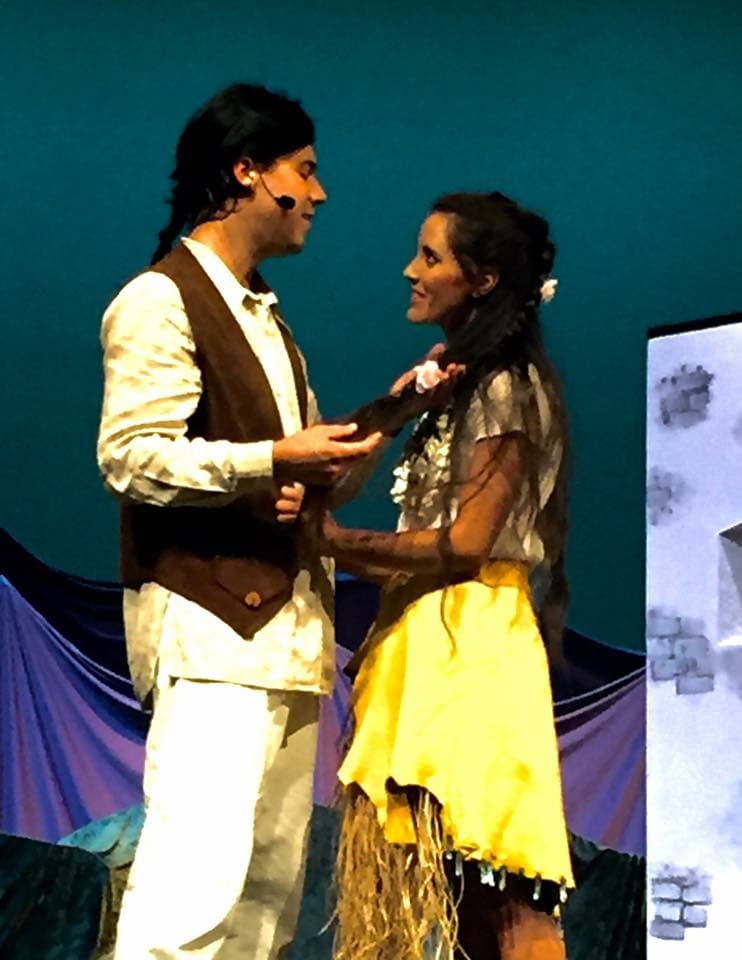
Jack went on to create his own film company, On Native Ground. In 2014, when Jack dreamed about a Native slave boy named Tintah, he wrote a script, Kina K’il. He received a grant to produce the film, but only if he used a non-Native lead actor. Jack refused. He cast Martin Seinsmeir, the now-famed Native actor, in the short film that he produced on his own. He partnered with Alan Wallace, who transcribed the script into Nisenan. My father was aware of my continued acting classes from my schooling. I felt proud and nervous when he asked me to play the Native slave girl, Quinella.
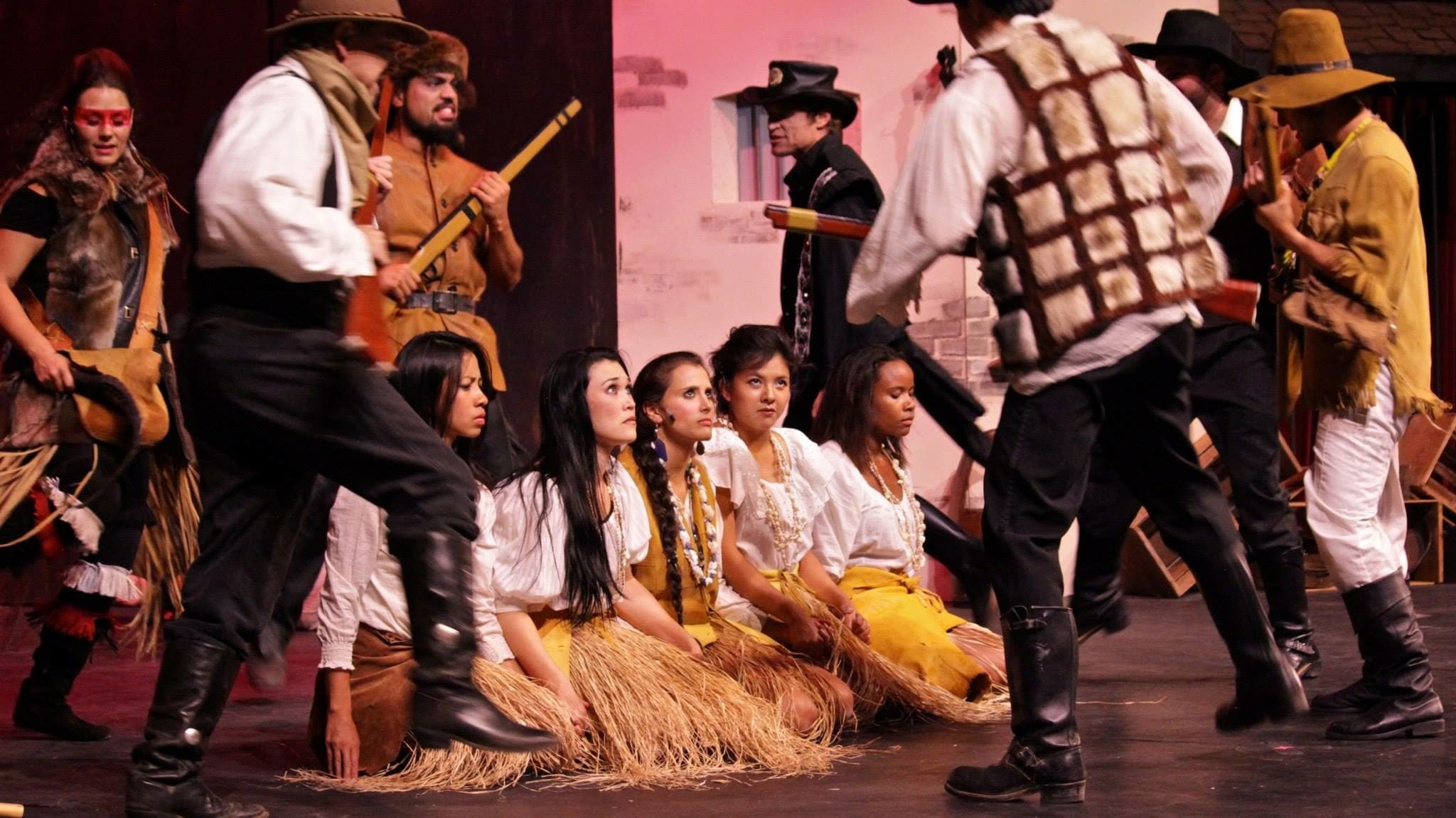
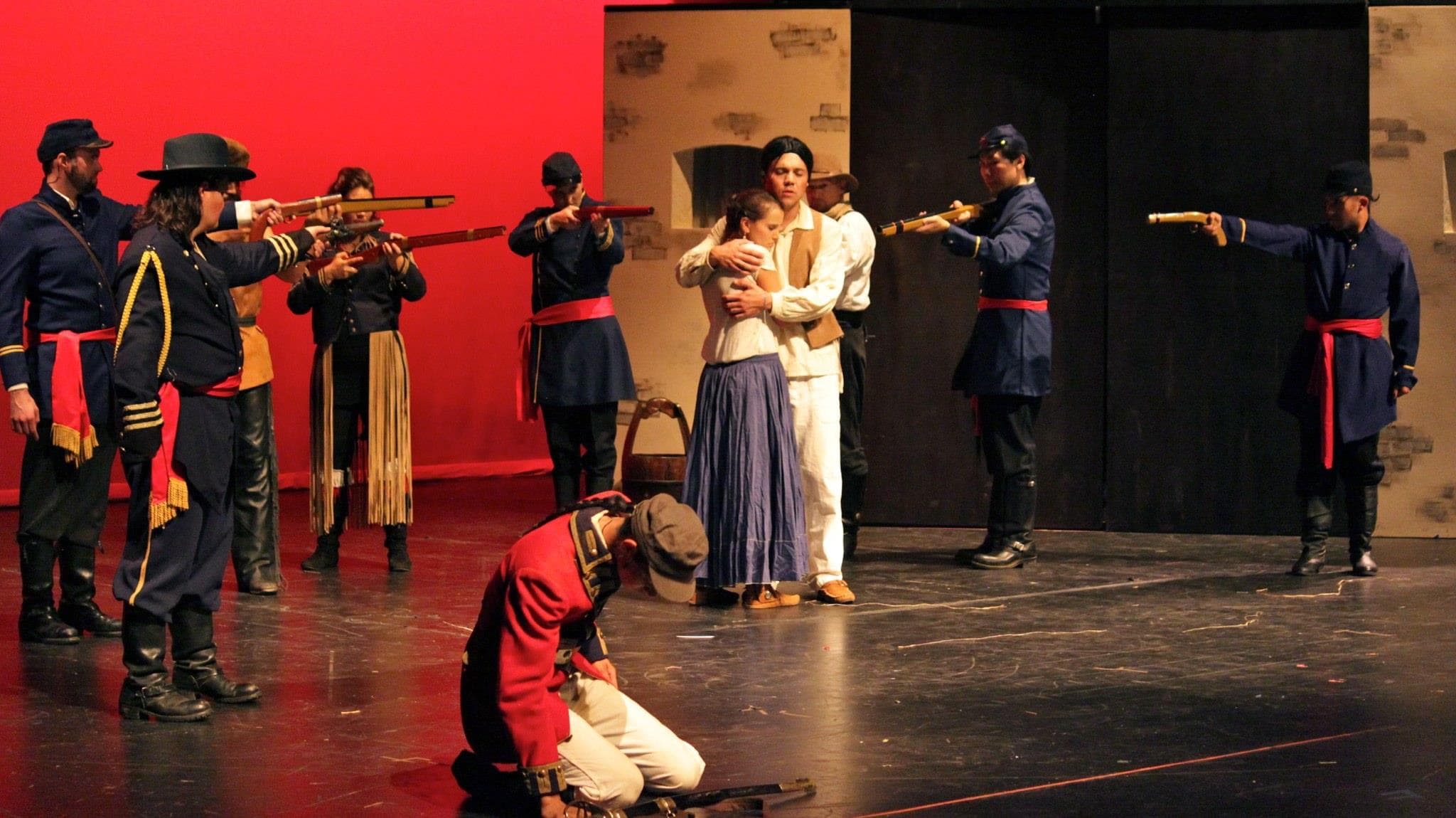
Later, Alan Wallace asked Jack to write a script about the Nisenan people’s story and their horrific encounters with Johann Sutter in today’s Sacramento area. Jack visited the Bancroft Library to obtain copies of portfolios that were omitted from common historical accounts; read the journal of Sutter’s foreman, Leinhard; and spent time with Alan, whose great-grandmother was one of Sutter’s favorite Native slave girls, before writing the rock opera, “Something Inside Is Broken.” My father and Alan gave me the role of the Nisenan slave girl, Maj Kyle. I enjoyed the challenge of learning Nisenan phrases and songs. It was a privilege to represent the Native great-grandmas who survived traumatizing events while being enslaved to colonizers such as Sutter.
During the question-and-answer part of the show at the end of the rock opera, the audience often expressed outrage or disbelief that the white settlers could have been that brutal. People working at Sutter’s Fort adamantly claimed that it must be fictional because there was no way Sutter was that cruel. There was no shame on Jack’s part; he was standing up for his Native relatives and their sacrifice and speaking their truth. There was absolute pride in telling this Nisenan story. The show demanded change in the dominant narrative of American history. Far too often, high school history texts summarize entries involving Native people in two paragraphs (while they can designate a page for President Roosevelt’s scottie dog named Fala). School textbooks frequently have a heavy emphasis on the traditional living styles of Native people such as teepees or birch bark houses while skipping over their systematic genocide. Although it’s a brutal history, denying its existence is even more painful, so for bringing California’s true history to light, many Native people expressed gratitude with therapeutic tears.
He’s like a monster devouring the
land.
His little empire is not so grand.
He’s only human…
But he scares me.
Both my father and I share a passion for raising awareness for Missing and Murdered Indigenous Women (MMIW) and People. In 2021, during Covid, my father asked me to be a producer for a MMIW documentary. I had six years of experience as a Child Protective Services social worker and my Master of Social Work at this point. I asked the interview questions and responded empathetically to the families’ grief. After being honored by the families who shared their vulnerability and overwhelming sadness with us, we knew we wanted to do more to raise awareness about the issue. However, we wanted to approach the epidemic from a different perspective and draw the audience in. My father’s friend Dr. April Lea Go Forth, the director of RISE, encouraged us to write a script about MMIW. We had the opportunity to interview Kola Shippentower-Thompson while at her wrestling meet in Boise, Idaho, and we learned about her life and how she uplifts MMIW as an MMA fighter. When our flight home was delayed, I started writing a narrative script with my dad about Missing and Murdered Indigenous Women and teen sex trafficking from a Native foster youth perspective. We modeled our tough, Native, female jiu jitsu coach after Kola. We worked together to produce the film, Gift of Fear, six months later.
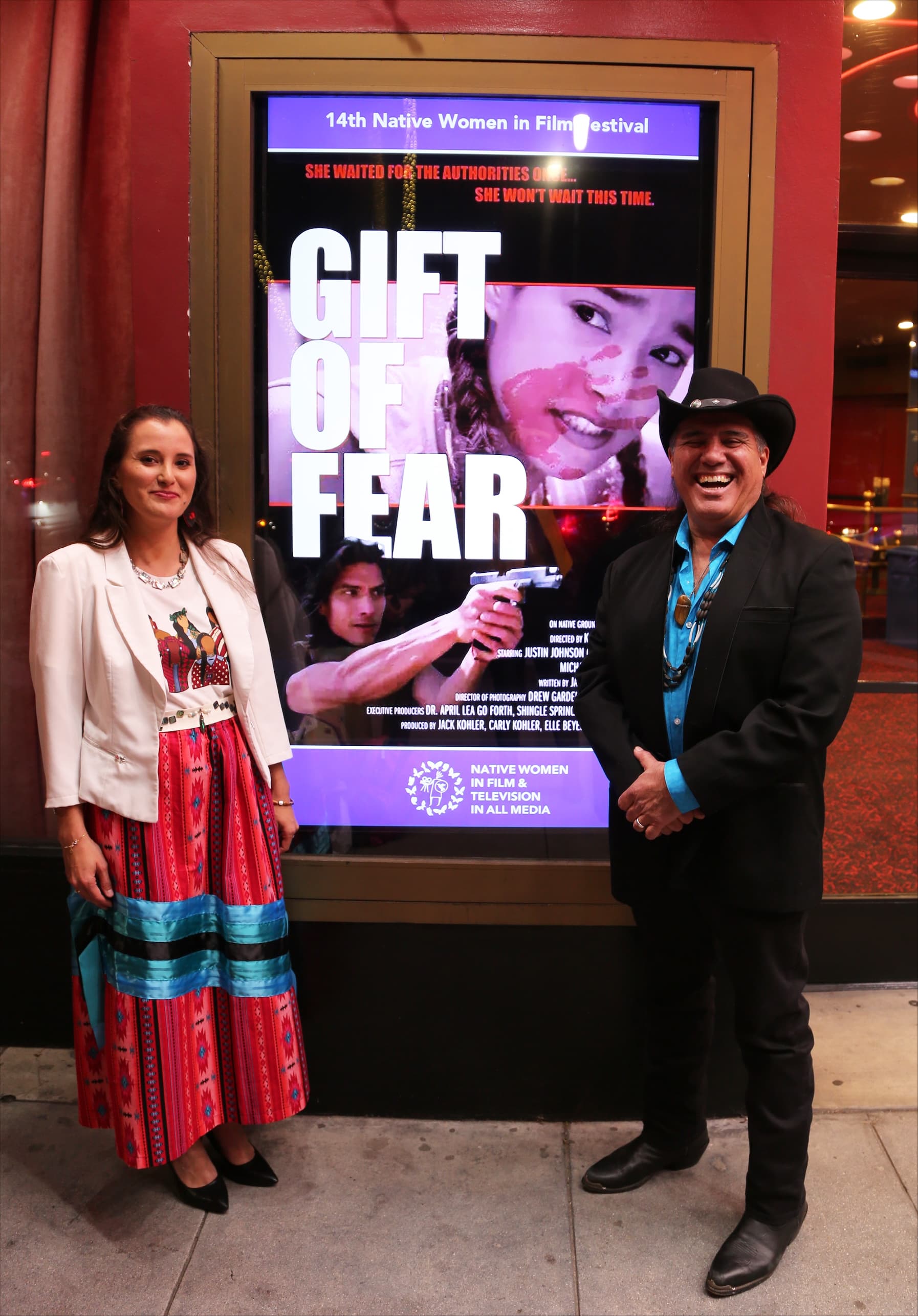
When someone hears that we collaborated, the first question is usually, “How was that? Working with your dad?” The answer is an easy one: “Awesome! We had the best time. When one of us was fired up with inspiration, it would be contagious and soon we’d be brainstorming again.” When piecing our scripts together, they intermixed easily. I would leave blank spaces in a few of my sections covering the foster care experiences. “What’s the space for?” my dad would ask. “For you to finish the action scene,” I would answer with a smile. “Oh, I left you some space to complete the dialogue of Mili [lead teen],” he would nod. I drew upon my experience of working with strong Native foster youth and channeled their witty resilience for those scenes. As a producer, I employed my social work skills in problem-solving issues that arose, while my father co-directed the scenes and designed the set. There were some challenges when it came to cutting scenes during the editing process. I was attached to the storyline, but my dad wanted to prioritize the pacing of the story. I often had to let go of the plan and trust his years of experience. Other times, my dad listened to me and changed the story’s direction to follow my lead in regard to character development. Our disagreements weren’t enough to interfere in our relationship or in our creative father-daughter partnership. My dad valued my opinion and perspective. He did not outrank or overshadow my creative endeavors; he encouraged and supported me, and vice versa.
In 2019, Alex Greenlee, Jack’s mentee, requested help working on his final film thesis, Intrepidus. Jack reached out to Native actors Michael Horse and Justin Rain to carry the horror film’s storyline. While on set, Jack worked tirelessly and encouraged a supportive cohesion among the actors and crew. For one scene, the actors slide through a slit in the wall, which had been accidentally nailed shut. After some tugging, shouts for Jack ensued. He arrived with an electric saw and remedied the issue. Pretty soon, students pronounced that Jack was essential for any film project.
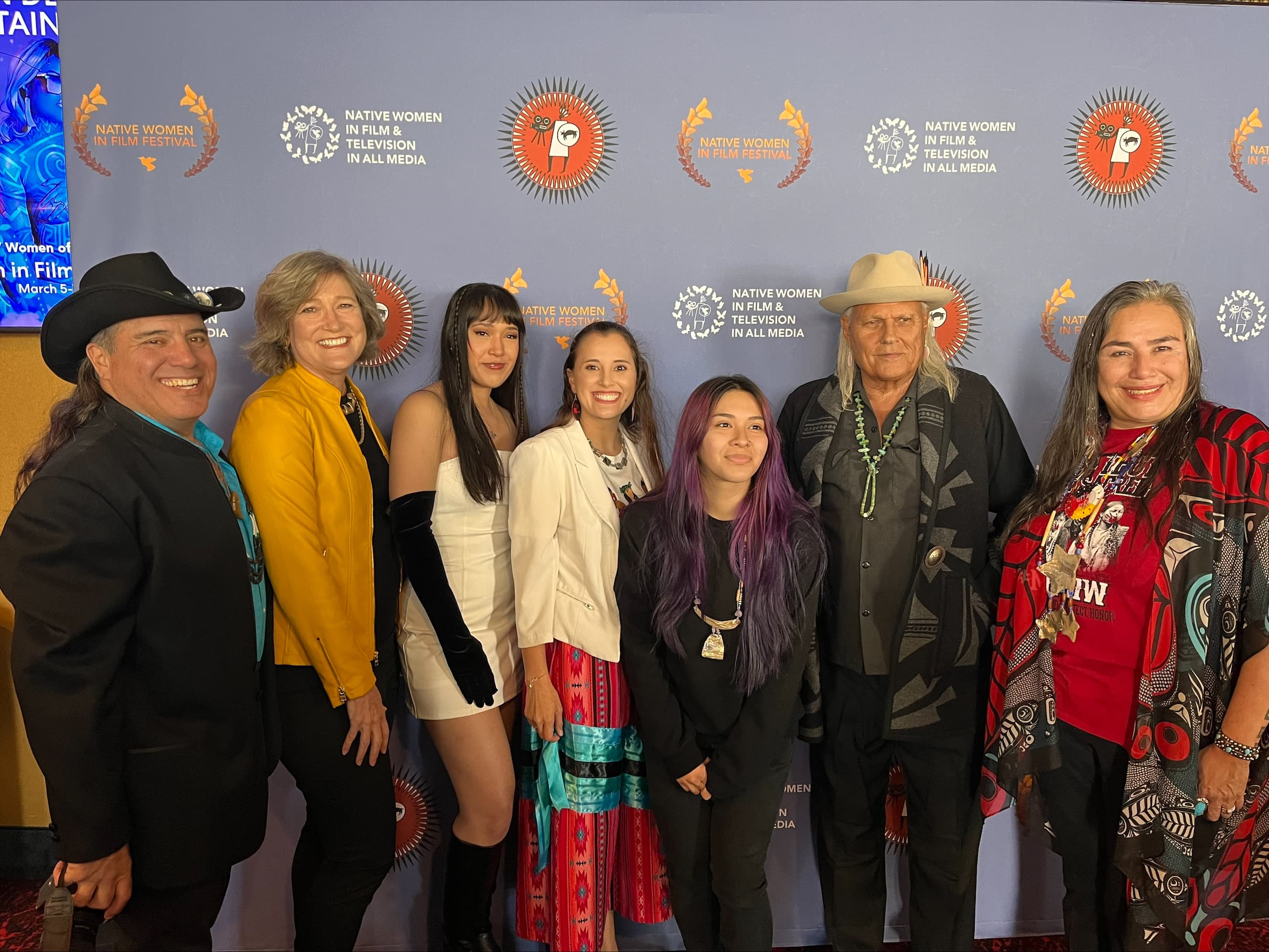
It’s our life; it’s our time again
We can start from that place
That was taken from us.
Despite being estranged from his culture growing up and caring for his sisters, my father, like the Yurok boy who rode the inland whale, found self-motivation and determination within himself. He met people along the way who lifted him up and carried hopes for his dreams like his grandfather, his wife, and his project collaborators; they were his inland whales. He achieved higher education despite obstacles along the way and explored filmmaking as a way to reconnect with his people. He included me and I was able to act out, produce, and write about Native people’s lived experiences. Through film, my father found his place and a way to give back to his people as well as future generations by telling a truthful history of colonization—with Native representation.
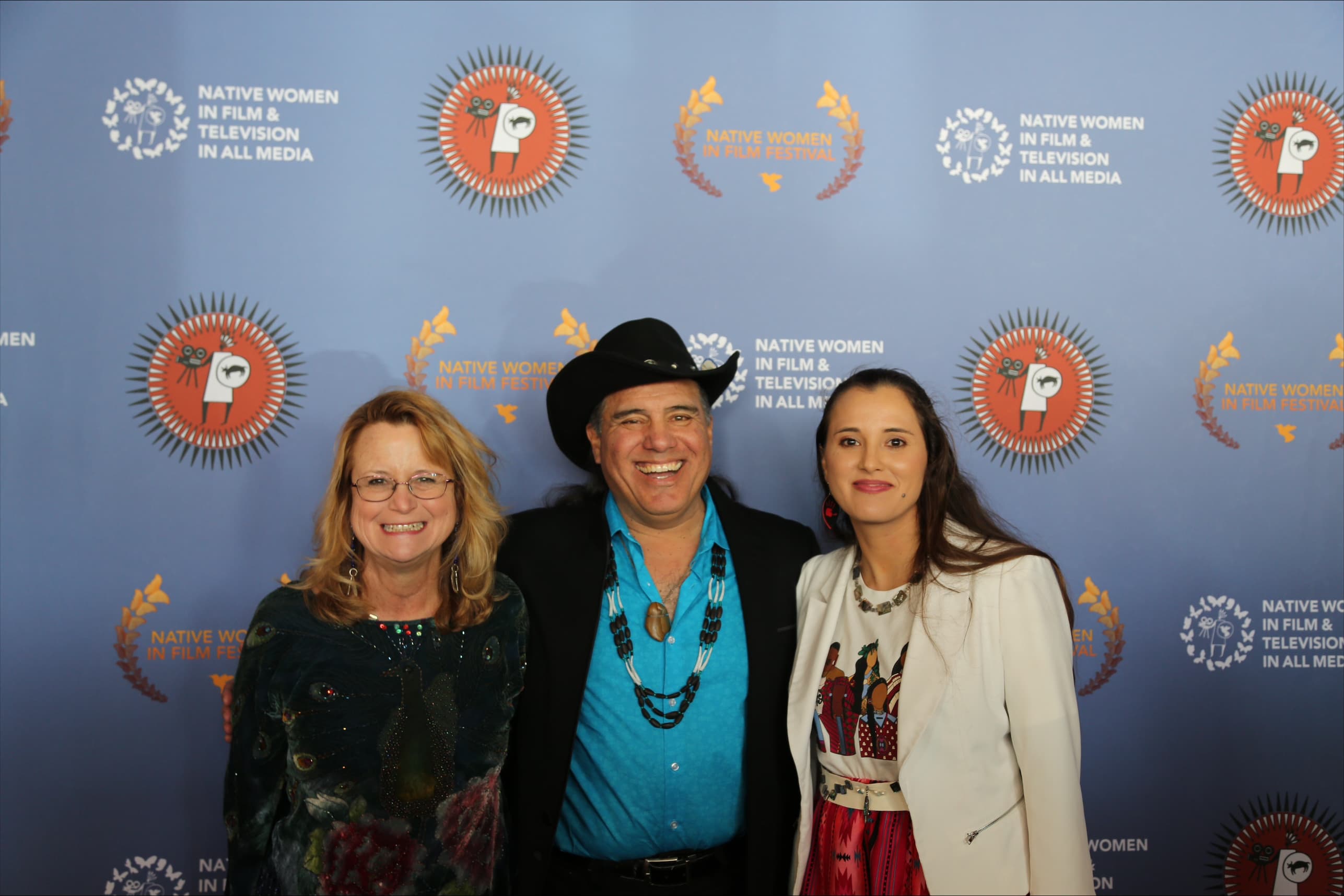
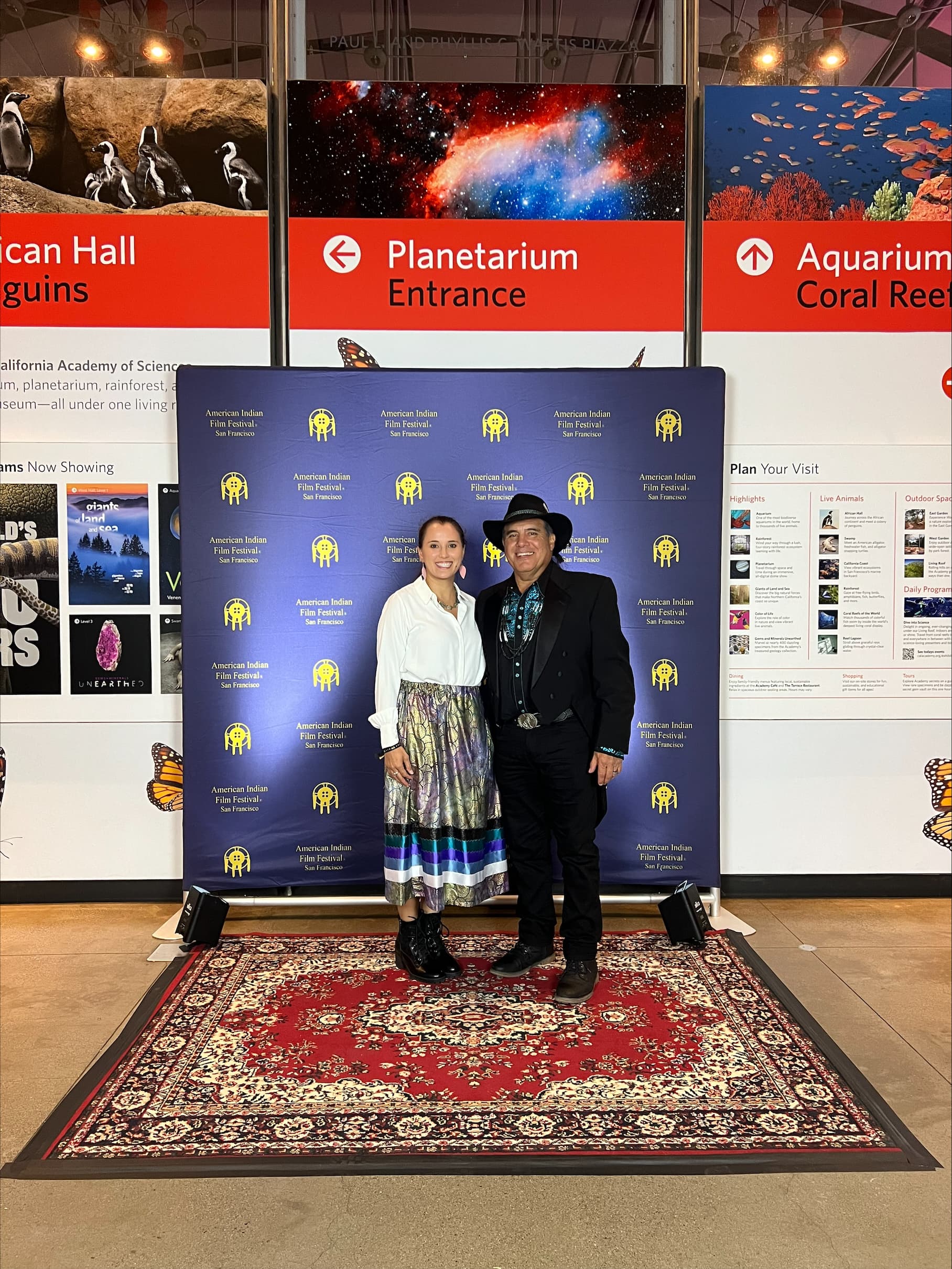

The Indigenous Voices in Film series explores and highlights the work of Indigenous peoples at the intersection of film, video art, and media arts. Supported by a generous grant from the Terra Foundation for American Art to broaden the understanding of American art history, this project is committed to presenting films and video art created by Indigenous peoples, as well as to advancing critical discussion of these works in the region and within the museum field.